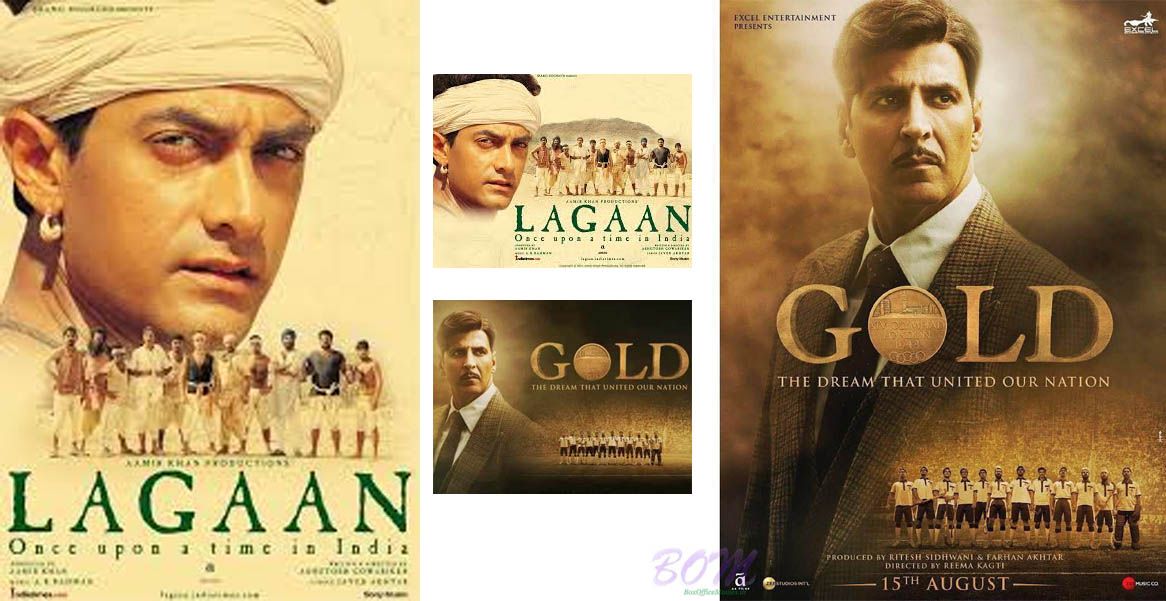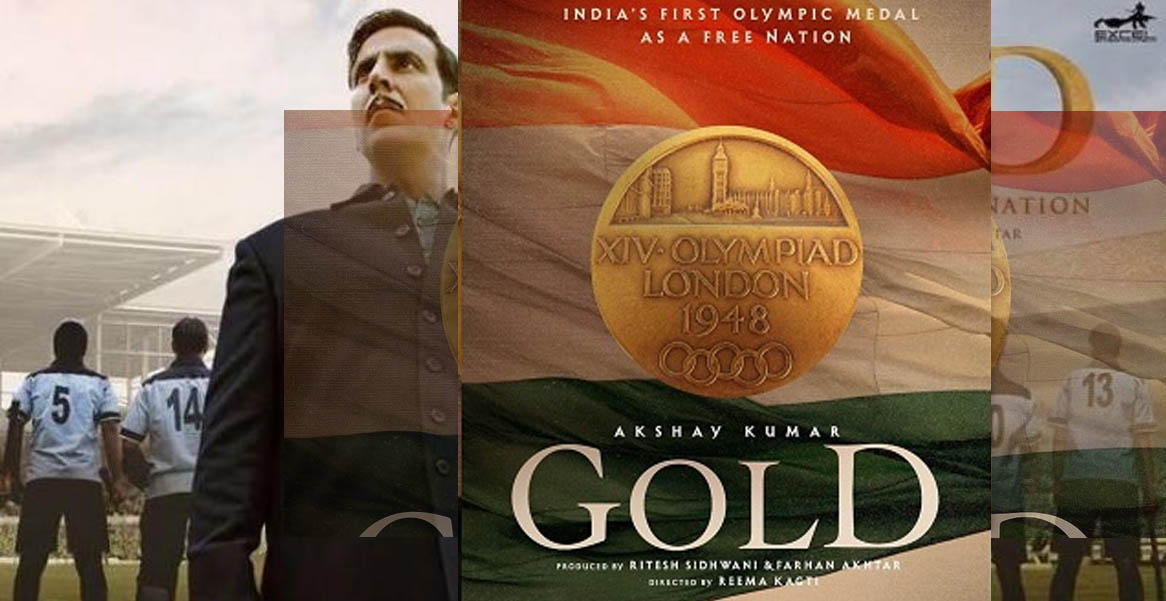If Lagaan is the Test match version, then Gold definitely aims to be the 20-20 version. In many ways Aamir Khan is the pioneer of the sports cum patriotic movie entertainers and his imprints are all over the movie ‘Gold’. The first imprint is with the movie poster, the two are just so similar, and as an audience I got that feeling you get when you download the ‘lite’ version of an app.

Such movies remind me of ‘Give reason: Unity in Diversity is an essential feature of India’. All those who have had a run in with the Indian school system have in one form of another faced this compulsory question in an exam paper. From Eight standard all the way to Twelfth, in History, in Civics, in some obscure chapter in English text, or a translated version in Marathi, and the pinnacle was when the question appeared in a Geography exam! and now we face a version of it in movies like Lagaan, Chak De, Bhag Milkha Bhag, Dangal and now Gold
However, quantitatively Lagaan addressed the question of diversity much better, it begins with the religious differences, regional differences and does dive into the caste differences, and is quite elaborate with those differences. Gold skips the caste part, and just touches the religious and regional differences quite superficially. Lagaan has quite a bit of drama to inculcate the unity aspect into its characters, Gold replaces all that drama with a sequence of taking bricks from one end of the field to other which lasts barely a minute.
The main handicap for Gold remains the main character of the movie, Tapanda. Lagaan had captain fantastic in its lead, on field, raw and in middle of the action, Dangal made the transition where in the lead is not on the field, not part of the direct action, yet manages to be part of central drama by force of his character. To a certain extent, Shahrukh managed something similar with Chak De, however Tapanda does not, because there is no force in the character. He is an alcoholic, we don’t see him throw any deep strategy or hockey knowledge, and in the leeway years between the two Olympics he is basically wasting away. In the middle of the movie I could not help feeling that it was such a weak character, and it gets highlighted when the character of Imtiaz get prominence. Imtiaz, 1936 Olympic medalist, joins army during world war II, then joins Azad Hind Sena to fight for Independence, comes back finds his homeland divided, and has to transition to another country. And what does Tapanda do during the intervening years, drink himself almost to death.
Thus in middle of the movie I had an enlightened thought it was more about the format, like when I watched a test match in Pune a year back, Saha the Indian wicket keeper dived to his right to catch an edge single handedly. The view from the pavilion was awesome, the moment embedded into memory, the players gathering in their all whites to celebrate, light applause in the stands, the batsman walked off, and the next batsman took a good five minutes to reach and take guard. Contrast this to a 20-20 match, the whole sequence would have been drowned in loud sounds, cheerleaders, and the next batsman would be facing the ball within the next minute. The catch may be same, yet it lacks that veneer.
In Dangal, we have the three point turnover, the moment Aamir explains us the rarity of such a turnover, we know that it is going to be in the climax sequence, and yet when it comes, it is masterful, it’s slow, and hits you with a wow. Gold has a similar moment, when Samrat explains that his best game is when he did not score but assisted the winning goal, we know it will be in the climax, but again the format of the movie is such that it just comes and passes, with you barely noticing it.
Gold thus ends up more as a GK lesson, I am sure we had a surge in Wikipedia searches post movie, it’s a lite-hearted movie probably bound by the format it aspired to be.














No Comment